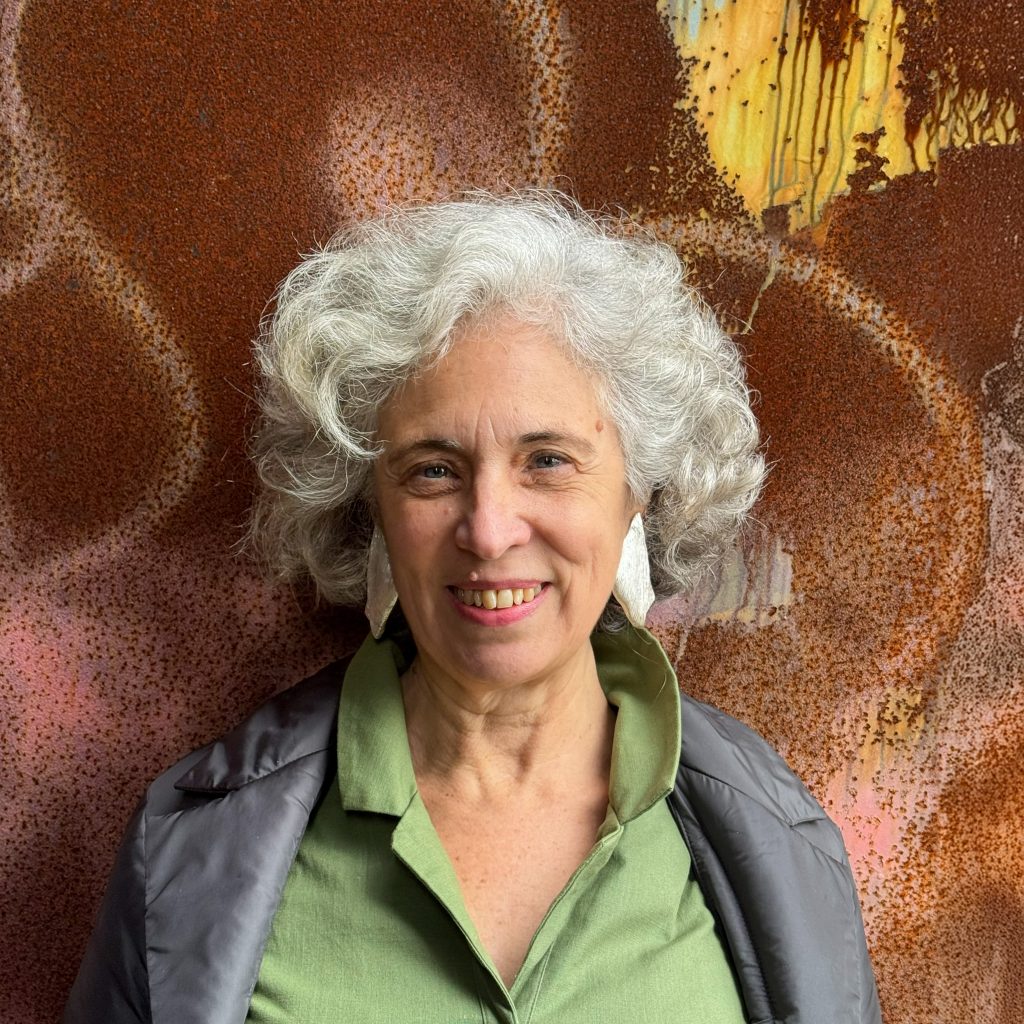Museums are often portrayed as solid, powerful structures that preserve historical stability and continuity. Natural history museums, in particular, have been metaphorically transformed into guardians of the future of biological diversity, refuges against irreversible harm, and embodiments of a transcendental goal – an image that contradicts their actual perishability. Museums face a double threat: first, the natural processes of decomposition; second, catastrophic events and shifting policies. This project, concerned with the latter, analyses several cases of (almost) complete – though not always catastrophic – destruction of natural history museums, and the processes undertaken to repair their loss. It focuses on a few paradigmatic examples: (a) the WWII bombing and eventual restorations of the Natural History Museum in Hamburg and the Hunterian in London; (b) the dismantling of the Australian Institute of Anatomy, Canberra (1985); (c) the fire and excavation of the ruins of the Museu Nacional in Rio de Janeiro (2018). The project highlights some of the mechanisms used to preserve objects amid change as part of the human struggle with the contingencies of history. But it also shows how, in this process, destruction is both forgotten and instrumentalised to repair continuity with the past and cement the idea of permanence.
PROF. DR. DR. IRINA PODGORNY
CURRICULUM VITAE
Irina Podgorny is a permanent research fellow at the Argentine National Scientific and Technical Research Council (CONICET). She studied archaeology at La Plata University, obtaining her PhD in 1994 with a dissertation on the history of archaeology and museums. She has been a research fellow at the Max Planck Institute for the History of Science and a postdoctoral fellow at the Ibero-American Institute in Berlin and at MAST, Museu de Astronomia, in Rio de Janeiro. Her current research project deals with historic extinctions, spider silk, and destroyed museums. In addition to her academic research, she collaborates with Argentine cultural weeklies and Latin American artists. A Humboldt Foundation Fellow and recipient of the Georg Forster Research Award, she has been a member of the editorial board of Science in Context since 2003 and History of Humanities since 2017.
